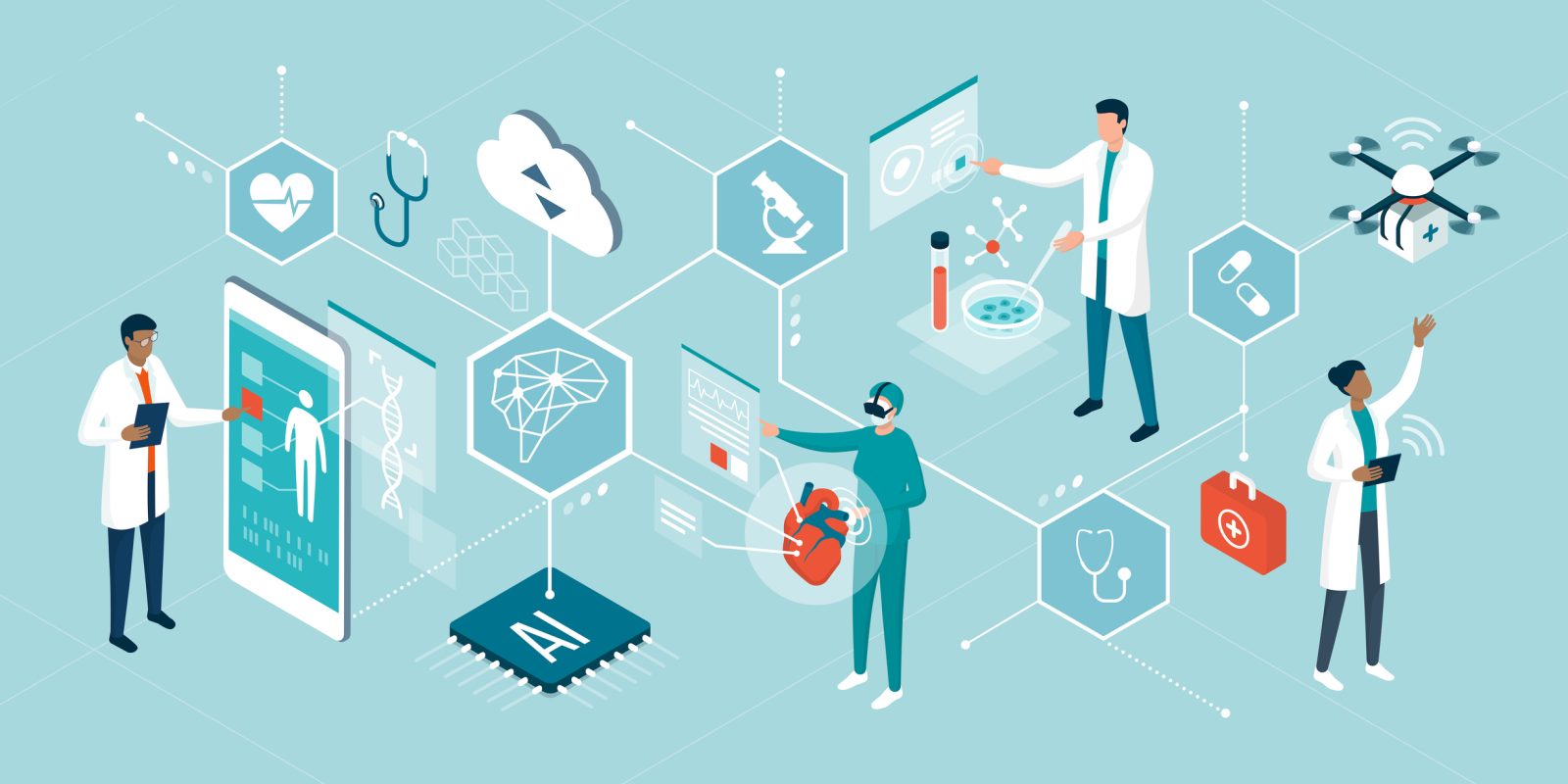The cost of developing a single drug is on average $2.6bn over a period of 10-12 years. With an estimated 12 percent success rate¹, the process is risky, complex, and involves numerous lines of investigation from the druggability of a target through to its competitive intensity.
But whether in early research, drug safety, or market access, the underlying knowledge challenges that arise when bringing a drug through the development pipeline are similar: an ever-expanding body of knowledge in the face of limited time and resources to synthesize, draw insights, and ultimately make decisions.
Individual decisions made by researchers, scientists and project leaders operating on the frontlines in turn inform key decisions at the enterprise level. From which therapeutic programs to pursue, to how to optimize the portfolio mix – the effects of the individual ‘micro-decisions’ trickle-up in a non-linear way to impact strategic choices and business-level outcomes.
At Causaly, we focus on improving how users think and, therefore, decide based on critical evidence. Individual decisions like identifying a promising target or assessing the competitive landscape can create massive opportunities and steer the course of the outcome.
Knowledge Graphs for Target Identification
These non-linear impacts are clearly illustrated in early discovery, when researchers begin a process to identify, validate and select targets related to a given indication or a broader disease area.
In our experience working with multiple discovery teams at different pharma customers, this process is prone to scientific bias and carries a high chance of missing promising targets due to the overwhelming amount of biological evidence, coupled with a significant degree of noise in research literature.
Take as an example Systemic Lupus Erythematosus (SLE), an autoimmune disease for which there is currently no cure. There is an excess of 77,000 articles on SLE in PubMed alone – the human effort required to screen for relevance, shortlist, and eventually read, immediately limits the scope of discovery and biases the direction that the target-selection project could go.
With Causaly, it’s possible to instantly machine read the same literature and surface a list of c.2000 proteins and genes associated with the pathophysiological mechanisms of SLE, prioritized by the strength of the underlying evidence. The ability to query the full corpus of available research literature at scale in this way expands the discovery horizon and saves the researcher valuable time in the process. Most importantly, it makes it more likely that innovative targets that would not have been otherwise identified are found and pursued.
At the business level, a slight innovation in a knowledge workflow can fundamentally shift how further investigation is set up downstream in a 10-year-long pipeline that exists from discovery to commercialization.
- Related reading: How Can AI Boost Research Productivity in Literature Search and Drug Safety?
- To learn more about the CCC-Causaly partnership, contact our solutions team at CCC.
- To learn more about Causaly and how it could unlock value in your organization, please contact contact@causaly.com.
¹For drugs entering clinical development, as estimated by Joseph A. DiMasi, Henry G. Grabowski, and Ronald W. Hansen, “Innovation in the pharmaceutical industry: New estimates of R&D costs,” Journal of Health Economics, 2016, Volume 47, pp. 20–33


